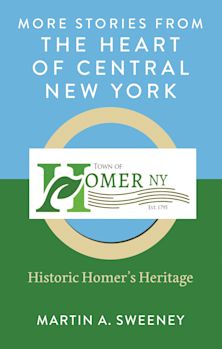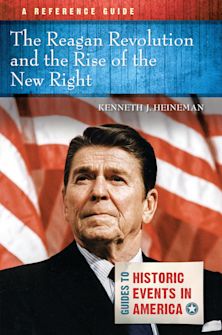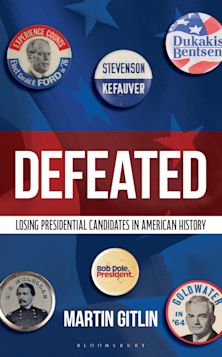- Home
- ACADEMIC
- History
- United States History
- The Statues and Legacies of Combat Athletes in the Americas
The Statues and Legacies of Combat Athletes in the Americas
The Statues and Legacies of Combat Athletes in the Americas
You must sign in to add this item to your wishlist. Please sign in or create an account
Description
The violence of combat sports left a mark on how fans and communities remembered athletes. As individual endeavors, combat sports have often produced more detailed, emotionally poignant, and deeply personal stories of triumph than those associated with team sports. Commemorative statues to combat athletes are therefore unique as historical markers and sites of memory. These statues tell remarkable stories of the athletes themselves, but also the people and communities that planned and built them, the cities and towns that memorialized them, the fans who followed them, and the evolution of memory and place in the decades that followed their inauguration. Edited by C. Nathan Hatton and David M. K. Sheinin, The Statues and Legacies of Combat Athletes in the Americas brings together an interdisciplinary team of scholars from across North America to interrogate the intimate and layered meanings attached to these monuments to the lives and legacies of combat athletes.
Table of Contents
Chapter One: Nearly Beatified: A Tribute to Frank Gotch's Unbreakable Toehold on Iowa's Sporting Memory by C. Nathan Hatton
Chapter Two: Remembering a Boxer, Interpreting a Revolution: The Narratives of the Monument to Alexis Argüello in Managua by Stephen D. Allen
Chapter Three: The Crusher: Honoring South Milwaukee's Working-Class Icon by Aaron D. Horton
Chapter Four: Galveston's Hometown Antihero: The Construction of Jack Johnson Park by Carrie Teresa
Chapter Five: The Biggest Small-Town Monument: Wrestling Greatness in Perry, Oklahoma-An Interview with Mark Kirk and Roger Tetik by C. Nathan Hatton and David M.K. Sheinin
Chapter Six: Vacant Fist: The Monument to Joe Louis in Detroit by David M. K. Sheinin
Chapter Seven: Legacies of the Dragon: Bruce Lee between Memory and Mythology by Kyle Barrowman
Chapter Eight: Tiger Warrington, the Humble Heavyweight: Standing Tall on the Liverpool Waterfront by Paul MacDougall
Chapter Nine: George Dixon and the Fight for Africville-An Interview with Craig M. Smith by C. Nathan Hatton and David M.K. Sheinin
Chapter Ten: The Last Great White Hope: The Rocky Statue, Samuel L. Evans, and Competing Visions of Philadelphia by David M. K. Sheinin
About the Editors and Contributors
Product details
| Published | May 15 2024 |
|---|---|
| Format | Ebook (Epub & Mobi) |
| Edition | 1st |
| Extent | 204 |
| ISBN | 9781666950342 |
| Imprint | Lexington Books |
| Series | Sport, Identity, and Culture |
| Publisher | Bloomsbury Publishing |
About the contributors
Reviews
-
This collection of essays taps into two growing genres of historiography: the study of memory and sports history. This analogy is wonderful addition to these two new frontiers of historical research.
Choice
-
A fascinating discussion of the intersection between art, sports, ethnicity, and public spaces. The contributors to The Statues and Legacies of Combat Athletes in the Americas bring to life the absorbing stories behind the bronze statues of boxing and wrestling champions and their ties to local communities, past and present. Highly recommended.
Raanan Rein, Tel Aviv University
-
The Americas have for over a century publicly memorialized their long and distinguished tradition of combat sports. The Statues and Legacies of Combat Athletes in the Americas explores the shifting meanings of the monuments, in stone, metal, or concrete, built to honor different athletes in these sports throughout the continent. Unique in its intention, methodology, and scope, this book brings to light that these kinds of civil projects are robust sites where history and contemporary concerns are projected, interpreted, and debated. Editors C. Nathan Hatton and David M. K. Sheinin have crafted a knockout!
Cesar R. Torres, State University of New York Brockport
-
Although combat sports feature no home teams, they can spawn hometown heroes. As this collection shows, the connection between combat sport athletes and their local fans often runs deeper than affiliations with regional team sports. Perhaps most importantly, the book's international approach brings home the ubiquity of these sorts of personal sports allegiances. This is a useful work for both combat sports and fandom studies scholars.
Scott Beekman, University of Rio Grande


































